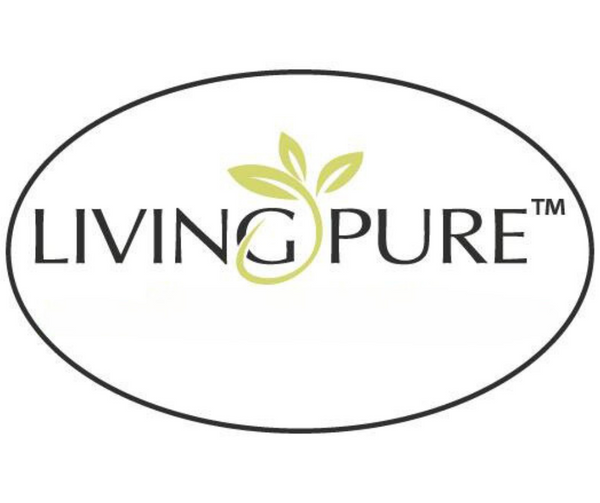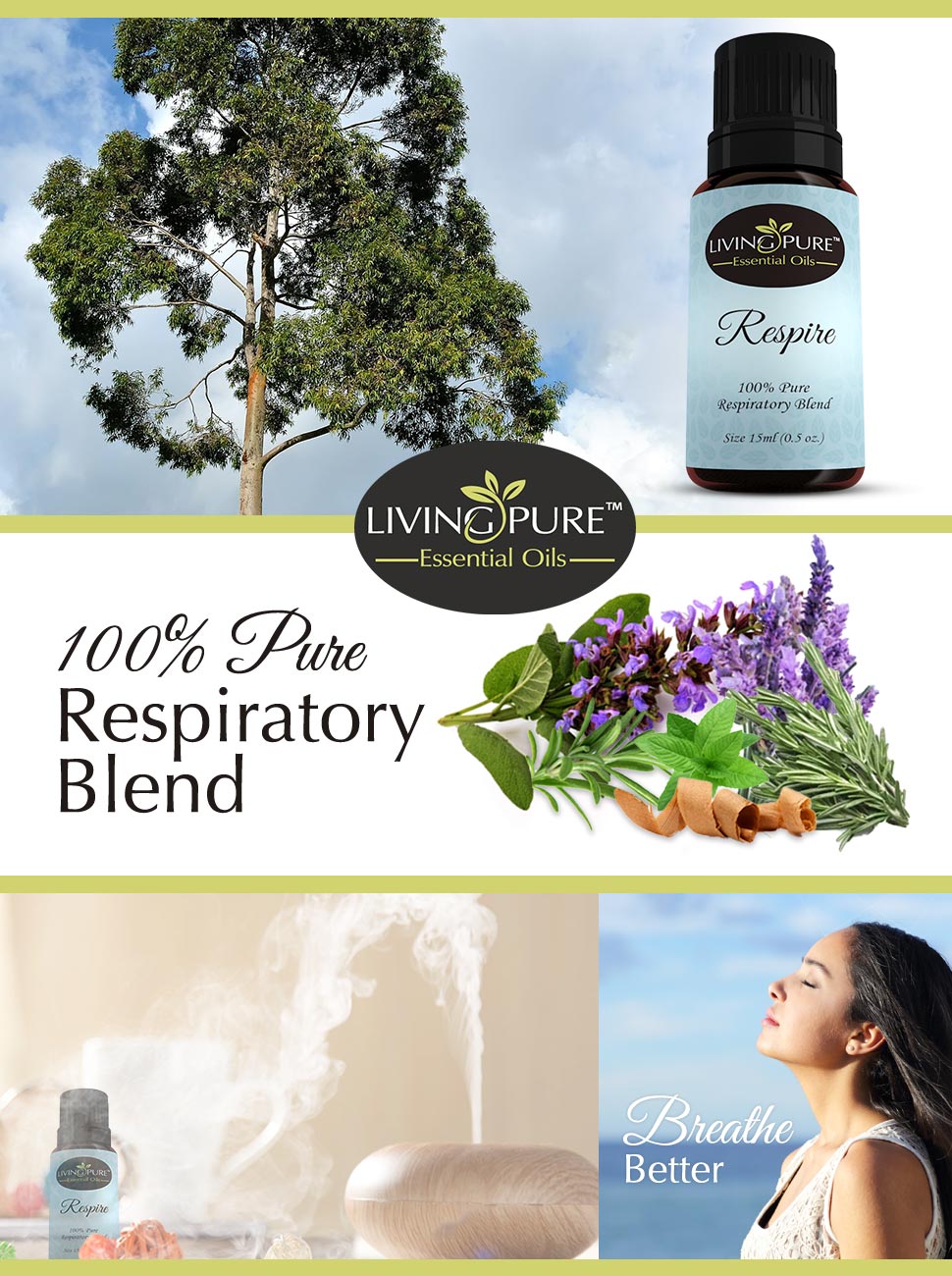
Breathing Better: Humidifiers vs. Diffusers Explained
Share
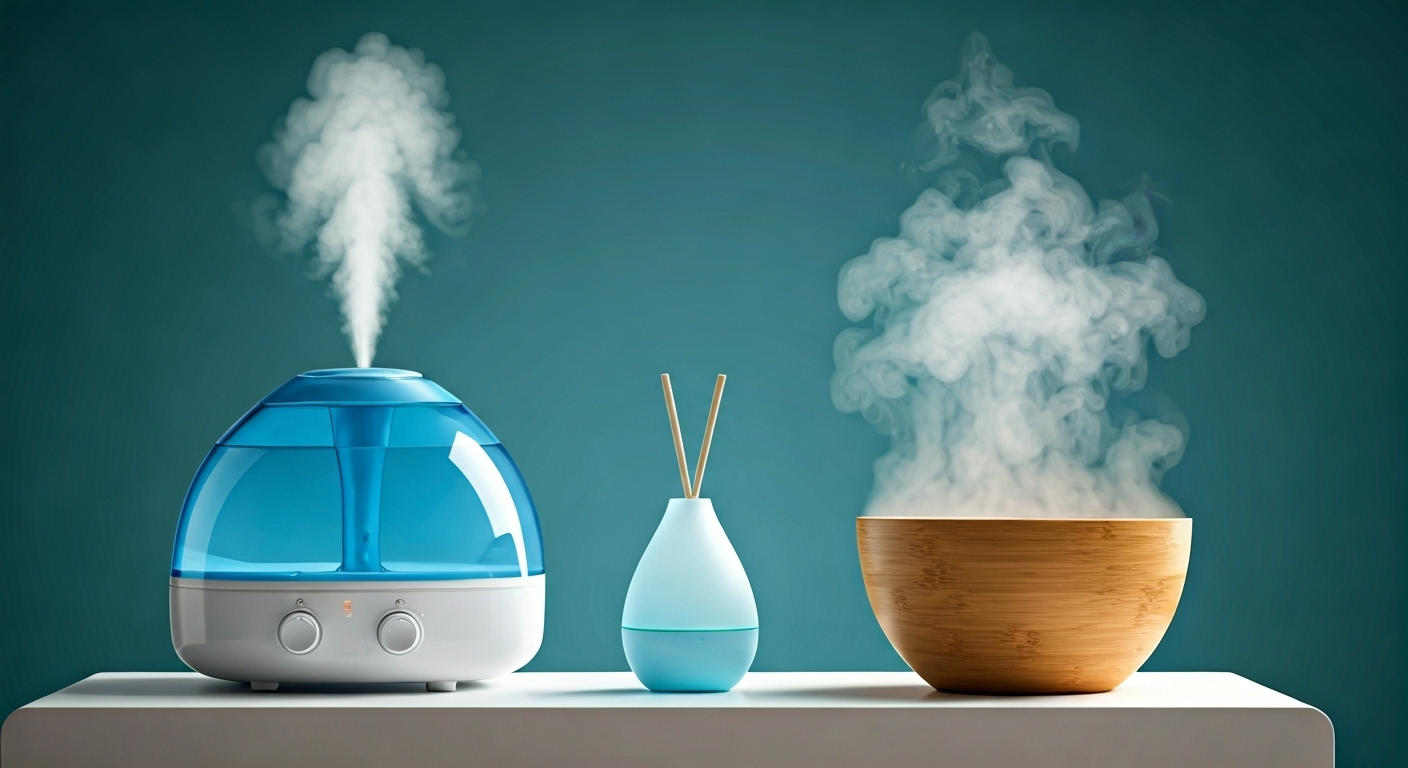
Key Highlights
-
Breathing directly impacts your heart rate, blood pressure, and relaxation response, making it vital for overall health.
-
Indoor air quality, allergens, and dry air at home can cause respiratory stress and discomfort.
-
Humidifiers, diffusers, and steam each offer unique ways to support the respiratory system, but their benefits and safety vary.
-
Breathing techniques such as abdominal breathing, box breathing, and 4-7-8 breathing can improve mental health and lower stress.
-
Devices like humidifiers and diffusers can help ease dryness and support sleep, while steam may provide temporary relief for airways.
Introduction
Breathing is not just something you do to stay alive. It can be used as a strong way to help your well-being and help you relax. The way you breathe can change your heart rate and your blood pressure. It can even affect your mood. Many people use breathing methods that come from different forms of meditation. These methods can start a relaxation response in your body. This helps calm both your mind and your body. When you practice mindful breathing, follow yoga workouts, or stop to take a deep breath, you help yourself feel better. Using deep and focused breaths can be a good and easy way to handle stress and look after your mental health every day.
How Breathing Works and Its Impact on Health
Breathing is how your body gets oxygen and gets rid of carbon dioxide. The respiratory system does this every time you breathe in and out. Each breath helps your body's cells work well. It helps keep your heart rate steady and helps control your blood pressure.
Breathing does not just affect your body. It also matters for your mental health. When your breathing rate changes, it can make you feel anxious or calm. This can also change your stress response. Controlled breathing helps you relax. It can make you feel better and improve your wellness.
The Physiology of Breathing
Understanding how breathing works starts with your lungs. When you breathe in, your rib cage moves out, and your chest cavity gets bigger. The lungs then fill up with air. This air moves down the breathing tubes and ends up in the small air sacs. Here, gas exchange happens. Oxygen goes into the blood vessels, and carbon dioxide, which is a waste gas, leaves the lungs.
The diaphragm and muscles of breathing work together for each breath. They help keep a steady blood flow going, bringing oxygen to your body. When your chest cavity gets bigger and then smaller, it’s a regular motion. This helps control your breathing rate and keeps both oxygen and carbon dioxide at the right levels in your blood.
Breathing matters because it gives every cell the oxygen it needs for energy. It also helps push out carbon dioxide and keeps waste gas from building up. If this exchange stops, the heart and brain would not get what they need. That shows why good breathing is so important for your health.
Why Proper Breathing Matters for Well-being
Proper breathing changes heart rate variability. This is important because it shows if your heart can adjust well and stay strong. When you do breathing practices like abdominal breathing or take slow, deep breaths, you help the parasympathetic nervous system work better. This can lower your heart rate and blood pressure. You start to feel more calm.
Breathing techniques help you with more than stress. They also support better mental health. If you use deep breathing or diaphragmatic breathing every day, it can lower anxiety. It can also help relax your muscles and may help with anxiety disorders for some people. Dr. Amy Morin, LCSW, says, "Your breath is a powerful tool for self-regulation."
You can choose breathing practices along with activities like mindfulness meditation or relaxation techniques. It can be part of your day to help you feel better in mind and body. Picking abdominal or deep breathing instead of breathing from the chest lets you get more good effects for your health.
Common Challenges to Breathing Comfort at Home
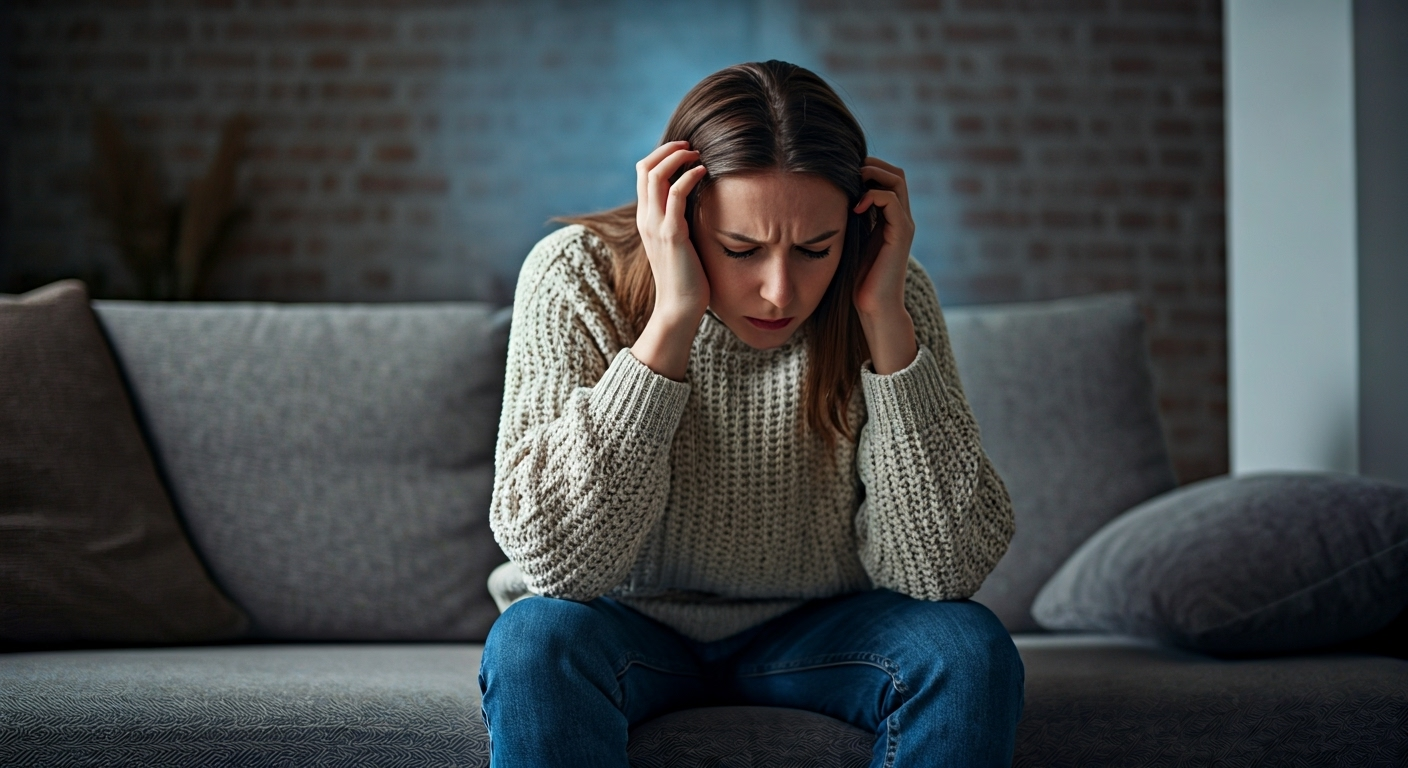 In many homes, the air inside can make it hard to breathe well. Dust and things that cause allergies can be in the air. The air may not move around enough. Because of these things, you can have trouble with your breathing. You may feel dry or notice shortness of breath. It is easy to not see when these things start to get worse.
In many homes, the air inside can make it hard to breathe well. Dust and things that cause allergies can be in the air. The air may not move around enough. Because of these things, you can have trouble with your breathing. You may feel dry or notice shortness of breath. It is easy to not see when these things start to get worse.
When it gets hard to breathe, your breathing rate can go up. This may raise blood pressure. Some people may also get feelings of anxiety.
Dry air is a problem in the winter. It can also be a problem in rooms with air conditioning. When the air is dry, your respiratory system can get irritated and uncomfortable. It is good to think about how to fix these things at home if you want good lung health. Taking care of your breathing is important for feeling well.
Indoor Air Quality and Its Effects
Fresh air is important for every home and for your body. Bad air indoors can have dust, pet dander, or mold. It may affect blood glucose and can even make feelings of anxiety worse. You might see your stress response get stronger when you stay in stuffy places, because your body tries hard to get enough fresh air.
Opening a window or using air purifiers can help you get fresh air, but doing breathing exercises inside is also good for your lungs. Simple breathing techniques like box breathing or mindful inhaling can make your breathing better. These activities can also help you handle stress.
Do you want some easy ways to boost your lung capacity? You can try exercises such as resonance breathing or abdominal breathing at home. These breathing exercises support your respiratory system. They also help you relax more and improve your well-being.
Allergens, Dryness, and Respiratory Stress
For many people, things like pet hair, dust mites, and pollen in the home can make it harder to breathe. These can cause shortness of breath. They also trigger symptoms of chronic obstructive pulmonary disease. Dry air can also bother your lungs. It may raise your breathing rate. This can lead to more muscle tension in your chest.
People who have lung conditions need to be careful when doing breathing exercises. Do not use any breathing practices that feel wrong or cause rapid, shallow breaths. This can raise muscle tension and stress. Always talk to a healthcare provider if you feel shortness of breath or you keep having breathing problems.
There are ways to help. Manage allergens and dry air with humidifiers, better ventilation, or regular cleaning. This can lower muscle tension and make breathing better. Using simple relaxation techniques and controlled breathing practices can help fight the problems from poor air at home.
Humidifiers: How They Work and Their Benefits
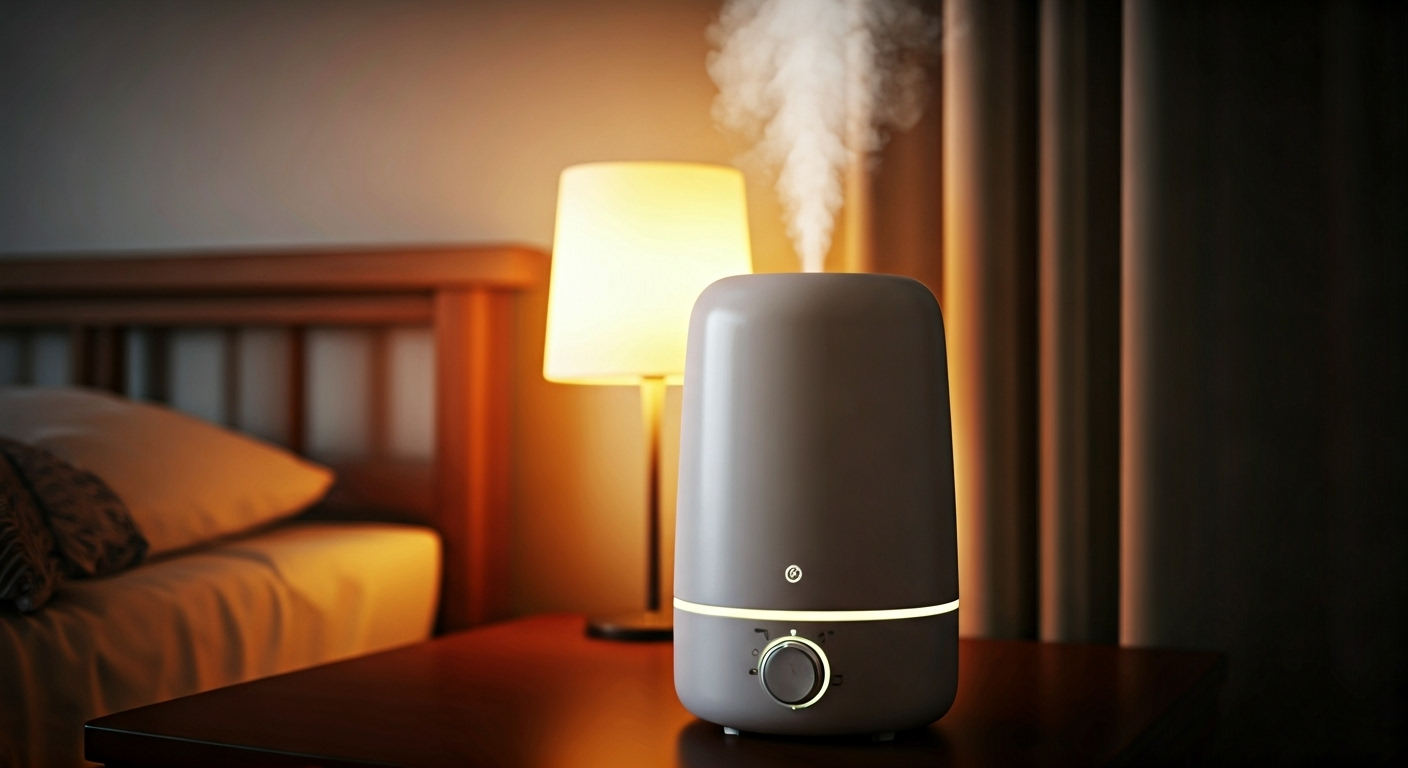 Humidifiers help fight dry air in your home. They put more moisture into the air. This helps the respiratory system stay moist. It can make breathing better, mostly at night while you sleep. A lot of people say a humidifier helps to keep your breathing rate steady. It also makes the room calm and more comfortable.
Humidifiers help fight dry air in your home. They put more moisture into the air. This helps the respiratory system stay moist. It can make breathing better, mostly at night while you sleep. A lot of people say a humidifier helps to keep your breathing rate steady. It also makes the room calm and more comfortable.
Are you asking if you can use humidifiers with diffusers for extra help? Both tools are not the same, and they have different jobs. It is good to know what each one does and what can happen when you use them together.
Types of Humidifiers (Cool Mist, Warm Mist, Ultrasonic)
Cool mist humidifiers help make the air better by sending out small drops of water. They are good for people who want to get some relief from dry air but do not want the room to get warmer. Warm mist humidifiers use heat to make steam. The steam can be useful in cold weather. It may help help with breathing problems. Ultrasonic humidifiers use fast vibrations to make a cool mist. They are quiet, so many people use them to keep a good level of moisture in the air. Finding the right kind of humidifier can really help with your breathing practices and be good for your breathing health.
Benefits for Breathing, Sleep, and Combating Dryness
Using a humidifier at night can help make your sleep better. The extra moisture in the air is good for your respiratory system. It helps keep your airways from getting dry. It can lower breathing rate and help your muscle tension go down. That helps your body relax and can help keep your blood pressure steady while you sleep.
Here are a few key benefits:
-
Eases dryness in nasal passages and throat, reducing irritation.
-
Helps regulate breathing rate and prevents nighttime coughing.
-
Encourages a more restful sleep environment, supporting the body’s natural relaxation techniques.
-
Can provide relief from some allergy or asthma symptoms, especially when combined with good air quality practices.
You might wonder if these methods are any good for allergy or asthma symptoms. For many people, humidified air helps them feel better. Always watch how you respond to these changes and talk with healthcare professionals if you keep having problems.
Diffusers: Are They Just for Scents?
Diffusers, when you use them with essential oils, are now very popular. The calm smell in the air gives many people a sense of peace and helps to relax. But are diffusers good for more than just making a place smell nice? People often put diffusers to work with breathing exercises or meditation. They do this to boost the relaxation response and to make a peaceful place to be in.
If you find the right mix of essential oils, it can help with your breathing and clear your mind. The room feels better, too. Still, how a diffuser affects your breathing may change based on what oils you use and if you or someone else has sensitivities.
Types of Essential Oil Diffusers (Ultrasonic, Nebulizing)
Essential oil diffusers make it better to breathe by working in a few ways. Ultrasonic diffusers use small vibrations to turn oil and water into a light mist. This spreads the scent in the air and helps you relax. The added moisture can help the lungs work well and make gas exchange easier in your respiratory system. Nebulizing diffusers work in another way. They change the oil into tiny bits without using water. The scent is strong and fills the room fast. Both types can help with deep breathing, keep feelings of anxiety low, and be good for mental health.
Can Diffusing Essential Oils Help You Breathe Better?
Many people say that using some essential oils in a diffuser can help with easier breathing. These oils can also help you feel calmer. With oils like eucalyptus or peppermint, the airways may open up more. Oils such as lavender or chamomile can help you get into a deeper relaxation response when doing breathing practices. It is important to use only oils that are safe for you to breathe in. You should watch out for any signs of irritation.
Using a diffuser with essential oils works well when you mix it with mindfulness, breathing practices, or other forms of meditation. The smell in the air can make you feel more relaxed, help lower stress, and back up good mental health.
If this is your first time trying essential oils, begin with short times and add lots of water to the oils. Always keep track of how your body feels. If you have any allergies or are sensitive to smells, you should talk to your healthcare professional first before you use a diffuser as part of your breathing routine.
Steam Inhalation: Traditional Relief Methods
Steam inhalation is a common way people use to help clear the airways and make it easier to breathe. The warm, damp air can relax the muscles that help you breathe. It can also make you feel better if you have a stuffy nose or a tight feeling in your chest. Many people want to know the best breathing technique, and steam is often a natural choice for that. The heat and moisture can help lower muscle tension, so you can breathe more easily.
Some adults find this way to be very soothing. But it is important to be careful with children and older people to stop burns from happening. If you want to use steam safely and get the most out of it, you should know how it works and what it can do for your breathing.
How Steam Inhalation Works for Airways
Breathing in steam brings warm and wet air into your respiratory system. When you use steam, it moves through the nose, airways, and goes all the way into the lungs. This can help thin mucus and clear blockages. It may help with shortness of breath and ease chest tightness.
Steam can help the rib cage and chest cavity loosen up, which may make your breathing rate smoother. It also helps the body get rid of carbon dioxide and other waste from breathing. If you are feeling sick with a cold or allergies, you can try this at home.
If you use steam with care and control, it may help with muscle tension. It also can help air move better, which is good for your lungs and your heart. Watch the water temperature and make sure you do not touch hot steam. This will help keep your skin and airways safe.
Potential Benefits and Precautions with Steam
Steam inhalation can have some good effects, but it is important to be careful when you use it. The warm air can feel nice for dry airways. It can help you relax and might make your breathing rate more steady. The extra moisture in the air can also open up your blood vessels, which may help you feel less stuffed up and more relaxed.
Key points to remember:
-
Steam may help ease symptoms from dry air and things that bother your lungs.
-
It can help lower anxiety, giving a relaxation response.
-
The good feelings you get from steam don't last long. Steam does not fix what causes breathing troubles.
-
You should always watch over anyone using steam, so there are no burns. This is very important with children, seniors, or people who have skin that gets hurt easily.
If you have allergy symptoms or asthma, steam can comfort you. But you should always be careful with this method. Stop right away if your symptoms get worse.
Conclusion
It’s important to know the difference between humidifiers, diffusers, and steam inhalation. This can help you feel better and breathe easier. You get different benefits from each one. A humidifier helps keep the air moist. A diffuser fills the room with nice scents. Steam inhalation helps soothe your body. When you learn how these work and what they offer, you can choose what is right for you. You should take care of your breathing health and use these tools and the right essentials oils, like Living Pure Essential's Respire essential oil. This way, you get cleaner air and feel better. Make sure to subscribe to get more tips like this for a healthy life.
Here's to Living Pure!
Frequently Asked Questions
Which device is safest and most effective for children or seniors?
Cool mist humidifiers are the best pick for kids and seniors. They help to put more moisture in the air and do not come with the risk of burns. This means they be good for those who need soft breathing practices and have sensitive airways. It is important to follow the company’s instructions for safe use and cleaning.
Can these methods help with allergy or asthma symptoms?
Yes, you can use humidifiers, diffusers with safe oils, or steam to get quick help from things that set off allergies, allergy attacks, or asthma. These things let you breathe easier and help with short-term relief. But remember, it’s important to use them with other relaxation techniques and ways to manage allergy problems, especially when the symptoms do not go away.
Is it safe to combine a humidifier and diffuser in the same room?
It is usually safe to use both a humidifier and diffuser in the same room. Make sure the air moves well and the air is clean. These two can help with breathing exercises and help you relax. Keep checking the humidity level. Don’t use strong smells or too much steam.
